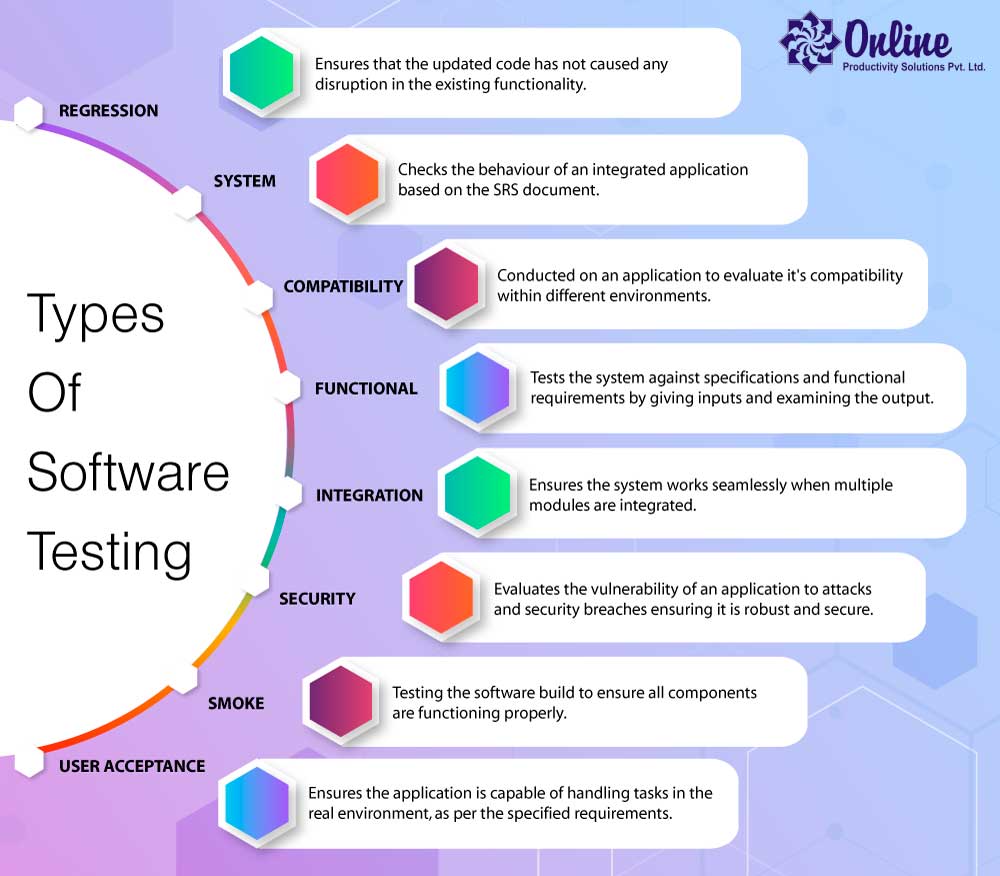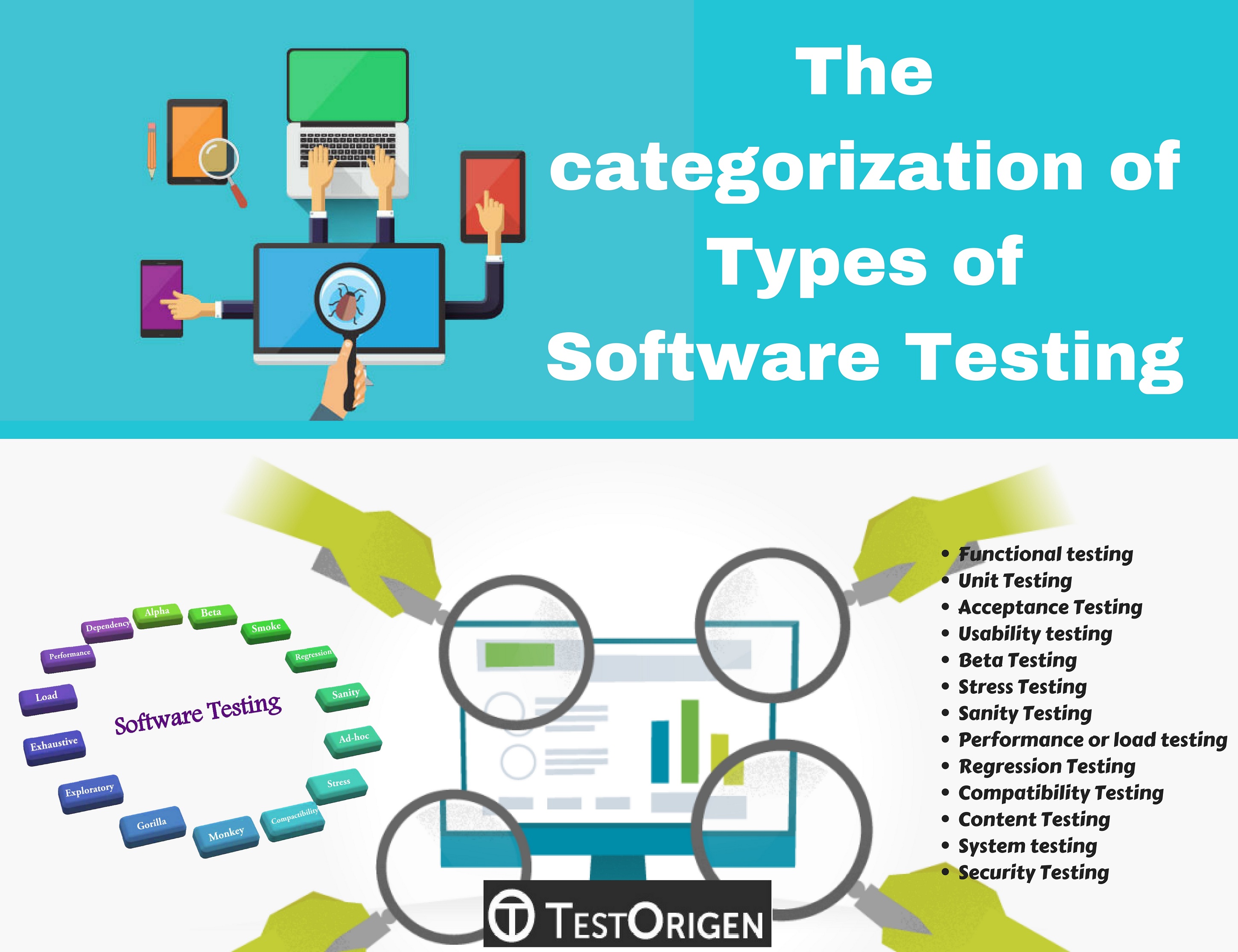Software Testing Types With Examples
Software Testing Types With Examples - 1 Unit Testing 2 Integration Testing 3 System Testing 4 Acceptance Testing Non Functional Testing 1 Security Testing 2 Performance Testing 3 Usability Testing 4 Compatibility testing Other Types of Testing Conclusion Recommended Reading Different Types Of Software Testing There are basically 10 types of Testing Unit Testing Integration Testing System Testing Functional Testing Acceptance Testing 7 Common Types of Software Testing by John Sonmez Quality Assurance User Acceptance Tests 1205 746 958 Most developers have no clue about how testing is actually done and how valuable the understanding of software testing basics can be for developers who really want to excel in their careers
Look no even more than printable design templates if ever you are looking for a efficient and easy way to enhance your efficiency. These time-saving tools are free and easy to utilize, offering a range of advantages that can help you get more carried out in less time.
Software Testing Types With Examples

Types Of Software Testing Videos Included Testbytes
 Types Of Software Testing Videos Included Testbytes
Types Of Software Testing Videos Included Testbytes
Software Testing Types With Examples First of all, printable templates can help you remain organized. By supplying a clear structure for your tasks, to-do lists, and schedules, printable templates make it easier to keep everything in order. You'll never ever have to stress over missing deadlines or forgetting essential tasks again. Second of all, utilizing printable templates can help you conserve time. By eliminating the need to create brand-new files from scratch whenever you need to finish a task or prepare an occasion, you can concentrate on the work itself, instead of the documents. Plus, lots of design templates are personalized, permitting you to individualize them to fit your needs. In addition to conserving time and remaining organized, using printable templates can also assist you stay motivated. Seeing your progress on paper can be an effective incentive, encouraging you to keep working towards your goals even when things get difficult. Overall, printable design templates are a terrific way to increase your productivity without breaking the bank. Why not give them a shot today and begin accomplishing more in less time?
5 Common Software Testing Types Explained In 7 Minutes Software
 5 common software testing types explained in 7 minutes software
5 common software testing types explained in 7 minutes software
Integration Testing Definition A step up from unit testing is integration testing which combines individual components and tests them as groups Integration testing identifies issues in how the individual components interact with each other to see if the code meets all its functional specifications
Example Continuous Testing Example Regression Testing Example Performance Testing What is Software Testing Put simply software testing is the process of finding errors in a product whether it be a mobile or web application Errors include bugs in the code missing requirements glitches and more
The Categorization Of Types Of Software Testing
 The categorization of types of software testing
The categorization of types of software testing
Classification Of Software Testing Kinds Blog QATestLab
 Classification of software testing kinds blog qatestlab
Classification of software testing kinds blog qatestlab
Free printable templates can be an effective tool for enhancing performance and accomplishing your goals. By choosing the right design templates, including them into your routine, and personalizing them as needed, you can enhance your daily tasks and take advantage of your time. So why not give it a try and see how it works for you?
Compare different types of software testing such as unit testing integration testing functional testing acceptance testing and more Sten Pittet Contributing Writer There are numerous types of software testing techniques that you can use to ensure changes to your code work as expected
1 Functional Testing This kind of black box testing is used based on the requirements of the program that is to be tested The program is tested by providing input and the testing results are then reviewed for compliance with the functionality parameters according to which it was designed